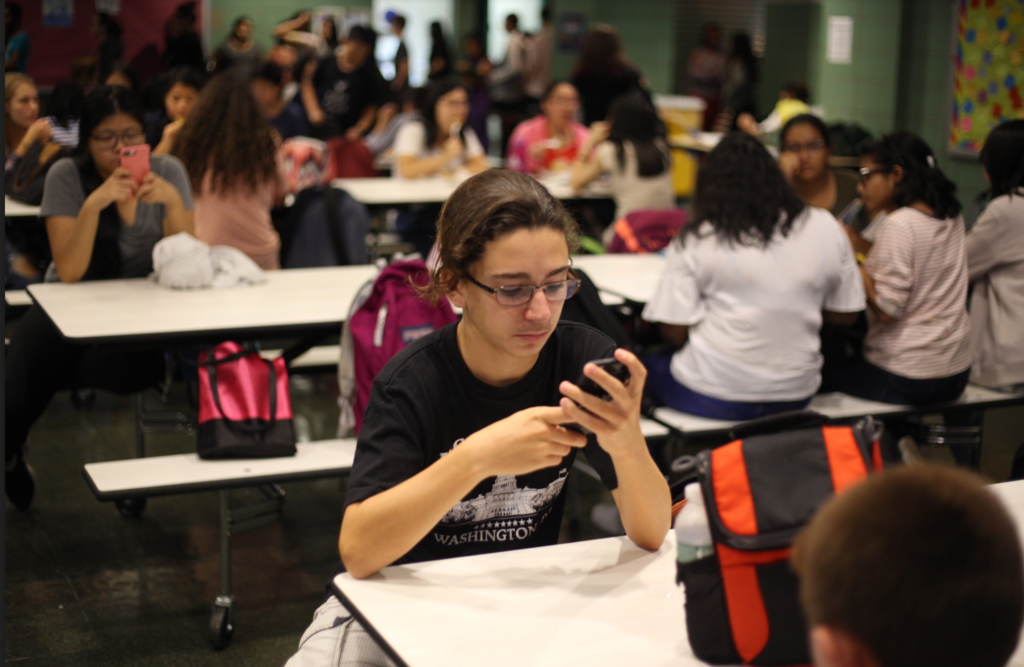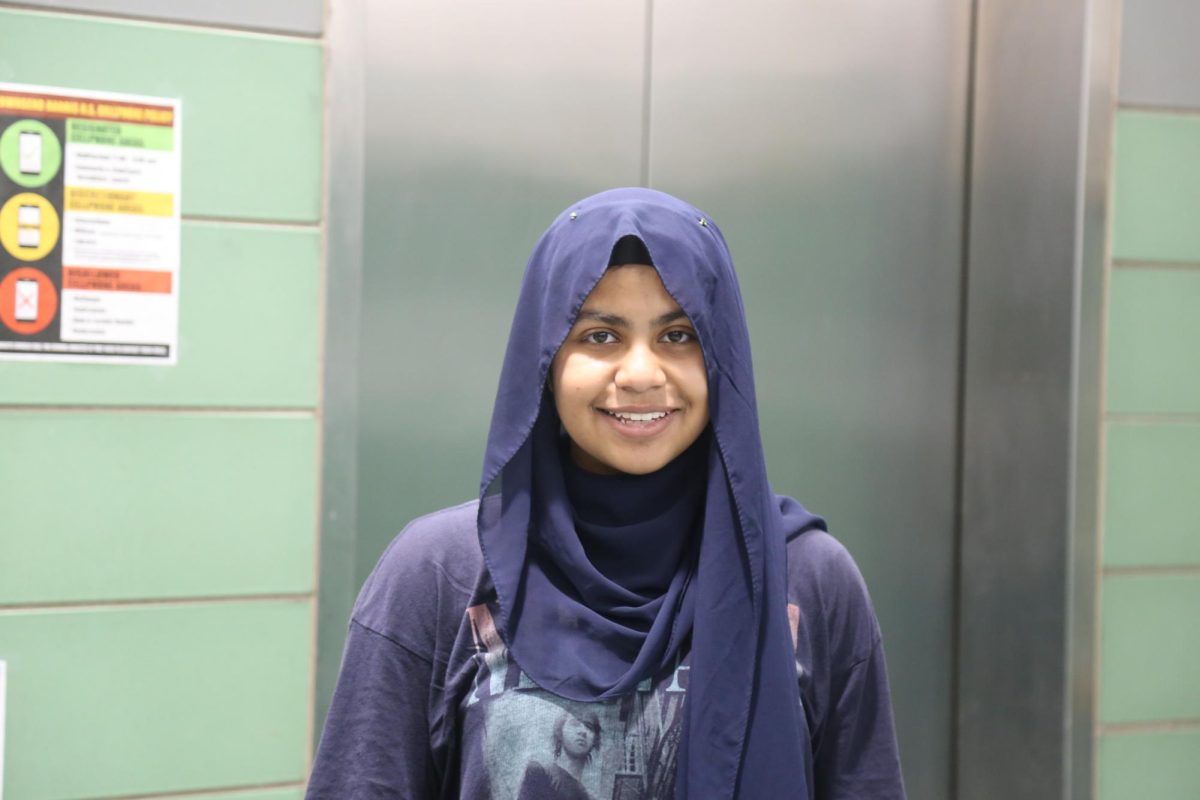
Recently, protesters sought justice for black people murdered by the police and the incessant practice of broken-windows policing and stop-and-frisk. Such policies disproportionately target communities of color. Most of these immoral practices go unnoticed, consequently sparking nationwide protests. Most black deaths by police aren’t investigated, and calls for justice go unnoticed. It seems like black deaths aren’t significant enough to be acknowledged.
It’s for this exact reason that Townsend Harris students stood in solidarity with black communities against brutality.
It is a mistake to assume that these protests are recent manifestations. In fact, they have been around since before the Civil Rights Movement. Peaceful protests usually achieve substantial results for the oppressed, and past successes demonstrate their effective nature. One example is the Community Safety Act, passed due partially to protests, that limits officers’ use of stop-and-frisk. Likewise, many bills have been proposed to address the demands of recent activism.
“Effective” protests need to be creative, disruptive, sacrificial, and gain public sympathy. This characterizes the movement exactly. Many argue that protests cause violence or vilify law enforcement, but they fail to recognize both this matter’s urgency and the fact that most protests, including ours, are predominantly nonviolent.
Being disruptive is necessary to gain the media’s attention, otherwise, the task becomes immeasurably difficult. Protesters thus humanized murdered black people through symbolism and impassioned chants, including “I can’t breathe” and “Hands up! Don’t shoot!” Similar actions were taken at the THHS protest, exemplifying how apparent this dehumanization is.
The unfortunate deaths of Officers Liu and Ramos promote a false notion that protesters seek violence. This cannot be further from the truth; activists immediately condemned the murders, noting the mental instability of Ismaaiyl Brinsley. Activists oppose such senseless deaths. However, the situation is different if police kill black people. Apparently, accountability doesn’t go both ways.
The movement’s results are already apparent. Conversations concerning privilege, police militarization, and police brutality have come to light. Such conversation is in both society-at-large and THHS. Although there was discussion before, there is no parallel between past and present.
One can only conclude that protests have spurred this conversation, making the movement among the most successful in our time.
Many contend that protests aren’t as necessary as petitioning or contacting officials. But physical protests are crucial; they demonstrate how universal the cause is.
Although petitioning and lobbying are vital, protests demonstrate that real people want to see change, as occurred at THHS. Protests also entice onlookers to join a movement of thousands rather than one of the names on paper.


























